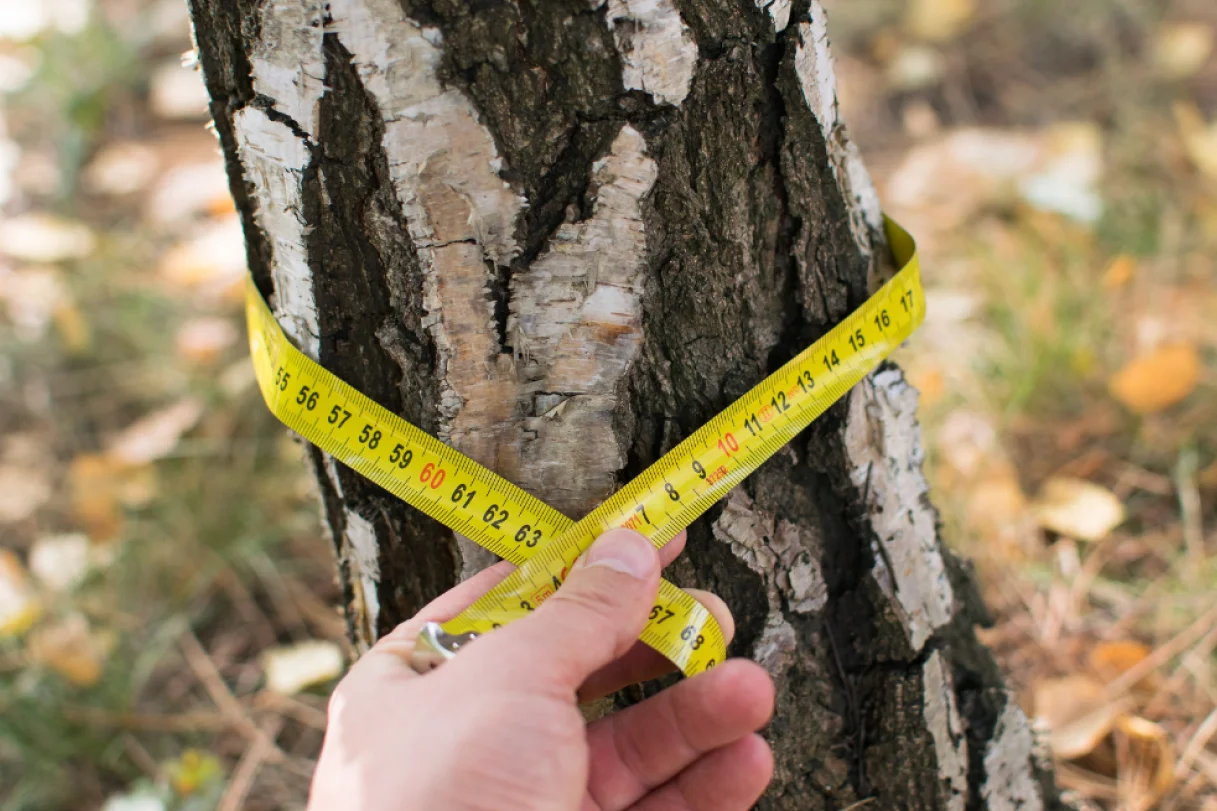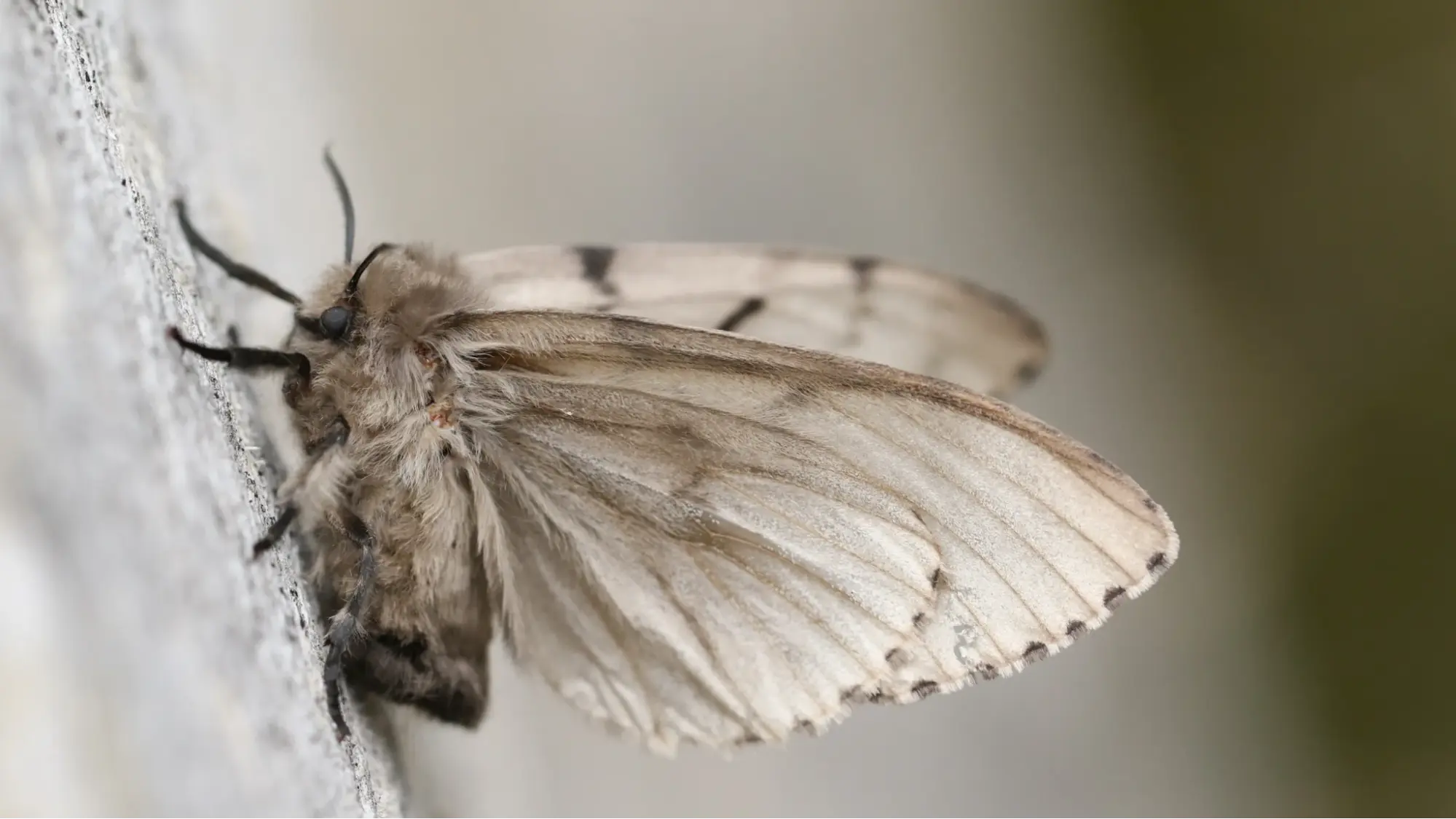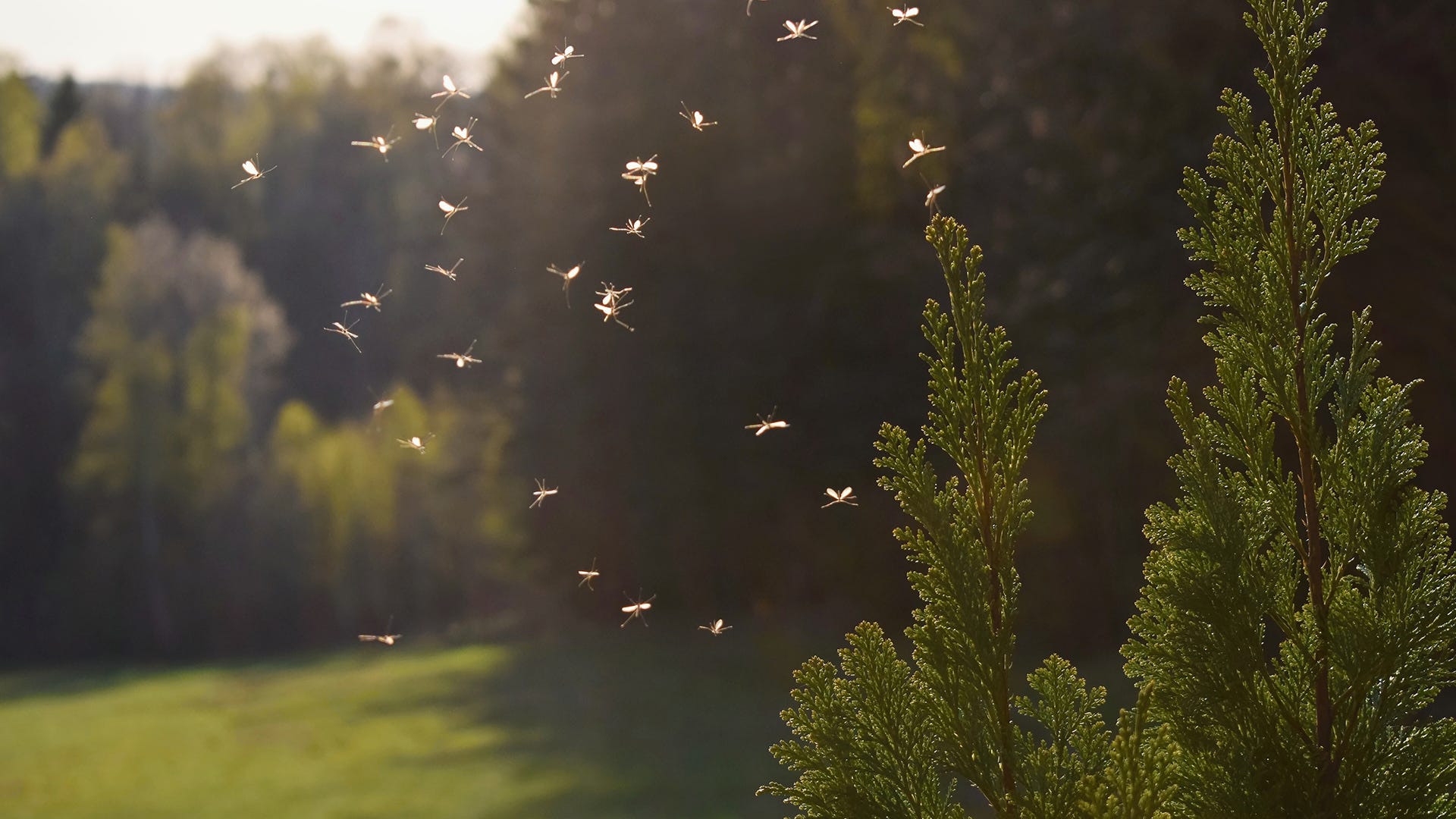Heavy snow and ice, as well as frozen soil conditions, can harm valued trees and bushes in private scenes. Indeed zones without significant snowfall encounter high winds and immense changes in temperatures amid winter. In any case mortgage holders can reduce the unfriendly impacts of winter climate with preventive upkeep.
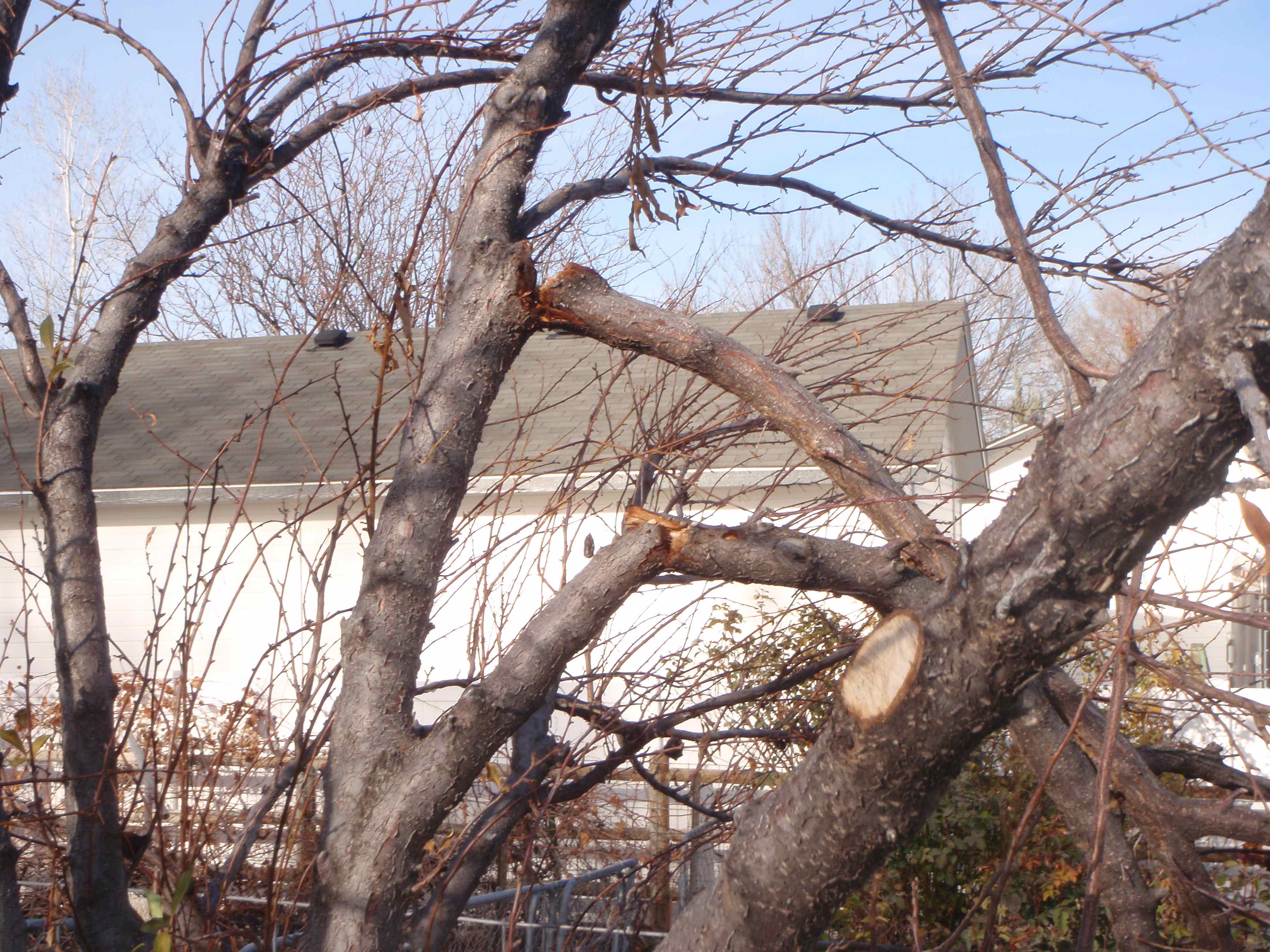
What can happen in winter, and how you can avoid it?
Branches of trees can break because of the excessive weight of ice or snow. Proper pruning encourages the formation of the strongest possible branches and branch attachments. At the point when pruning alone isn’t sufficient, legitimately introduced links and unbending props can add backing to a debilitated piece of the tree
Winter winds cause evergreens to lose moisture from their needles. Even some deciduous trees suffer from winter drying. If water is not available as moisture is drawn from living cells, permanent damage will result. The best prevention consists of planting only hardy species in areas of prolonged exposure, watering plants adequately in the fall, and mulching to insulate the soil and roots from severe cold.
On sunny days in winter, the tree’s trunk and principle appendages can warm to 15 degrees higher than the air temperature. When the sun’s beams quit arriving at the stem when the sun sets, the tree’s temperature dives, bringing about damage or changeless harm to the bark. The two common types of injury are sun scald and frost cracking. The effects of sun scald and frost cracking can be reduced by sound arboricultural practices to maintain overall health, and by covering the trunks of young, susceptible trees with a suitable tree wrap.
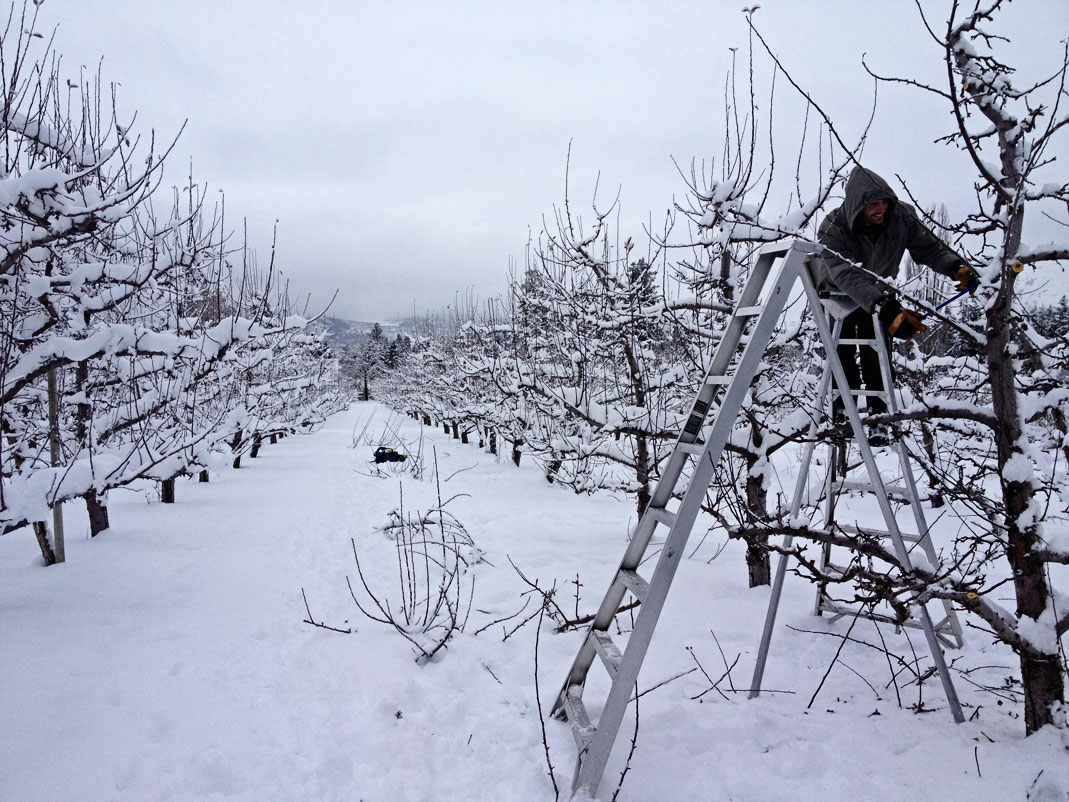
Winter is a good time to prune
Most skilled arborists prefer pruning when trees are dormant. With no leaves on the tree, the arborist is better able to evaluate its architecture and spot dead or diseased branches. Likewise, since the ground is frozen damage to the turf underneath the tree due to falling limbs and tree care activities is negligible. This is also a good time to check trees for diseases and other damage.
Here are some other things we recommend to improve the health of your living landscape:
Aeration in thawed soil around trees helps improve water and air movement in the soil. This strengthens the tree’s root system and reduces soil compaction.
At the point when planting, pick strong trees accessible in your area as they have better chances for survival in severe weather conditions. Choosing the best location and following proper planting procedures should be your highest priorities.
Stop fertilizing trees in early fall to allow them to prepare for winter.
In case of moderate storm damage, restoring the tree to its former health and beauty may take some time, but it generally can make a full recovery. Broken, hazardous limbs should be removed immediately. Pruning to remove broken stubs and restore the balance of the crown can be put off a little while, but shouldn’t be delayed more than one growing season.
Hire a Professional
The best advice is to hire a tree care professional with the experience, expertise and equipment to safely take down, prune or otherwise care for damaged trees. For professional consultation please contact one of our Arborists at 416-201-8000
